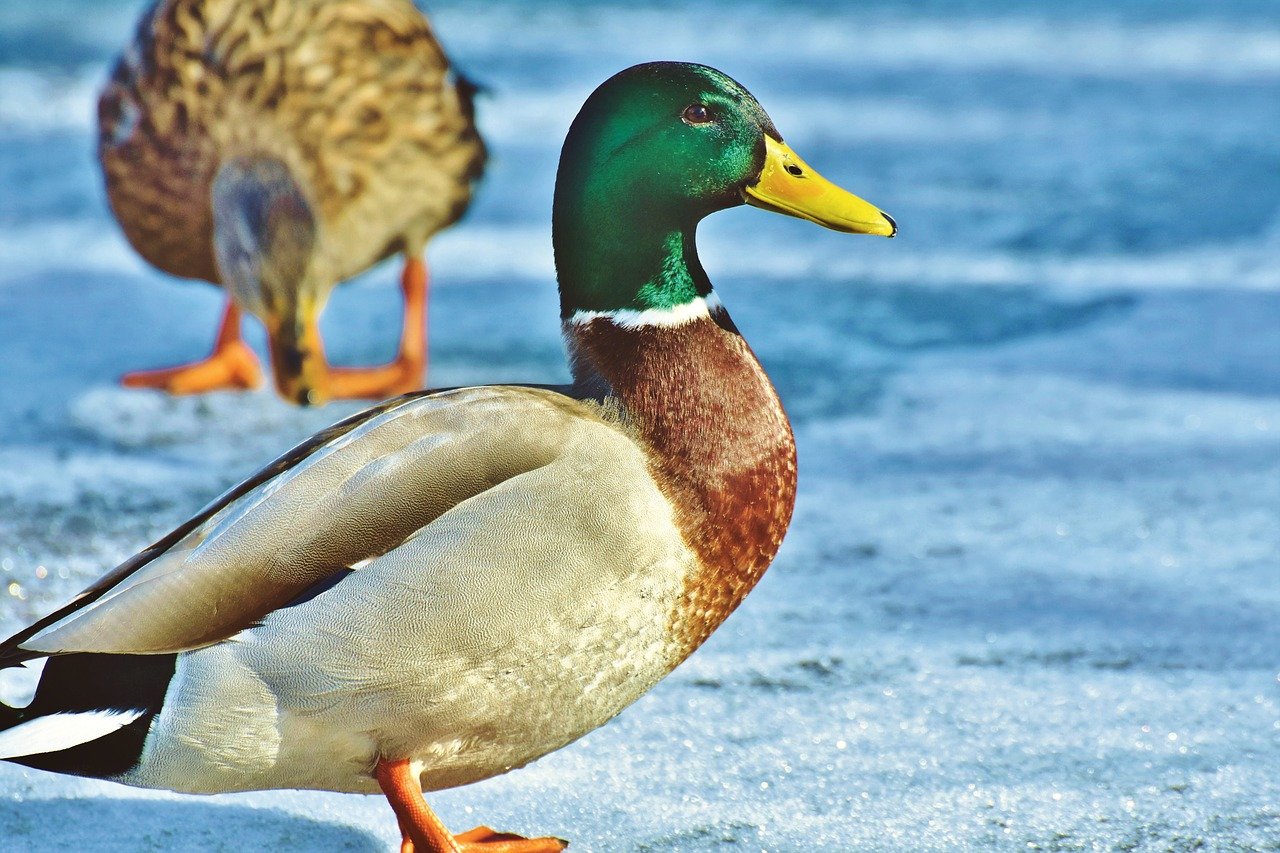Effect of urbanization and feeding intensity on the distribution of wintering Mallards Anas platyrhynchos in NE Poland
DOI:
https://doi.org/10.34080/os.v20.22636Keywords:
winter ecology, anthropological effects, population studies, ringing recoveries, adaptationAbstract
Urban areas are alternative wintering sites for species with ability to exploit the new conditions that cities offer, such as food, shelter and reduced predation. During four winters (November–February), we recorded the number of Mallards along 108 km of rivers within an urbanization gradient from city centre to rural in north-east Poland. In the urban area, but not in the suburban and rural areas, there was an increase of numbers through winter with highest numbers in February, the coldest month. However, we found no correlation between numbers and ice cover. The only correlation was with feeding intensity by humans, and we suggest that intensity of feeding and the location of the feeding sites is the main factor determining number of wintering Mallards. This was supported by recoveries of ringed birds. Mallards ringed at good feeding sites in the city centre were recovered at the same sites whereas birds ringed in the periphery of the city tended to move to the centre in subsequent winters.
Downloads

Downloads
Published
How to Cite
Issue
Section
License
Copyright (c) 2010 Michał Polakowski, Michal Skierczyński, Monika Broniszewska

This work is licensed under a Creative Commons Attribution 4.0 International License.
The copyright of each contribution belongs to the author(s), but all contributions are published under a Creative Commons license, so that anyone is free to share and reuse the contribution as long as the copyright holder is attributed.







